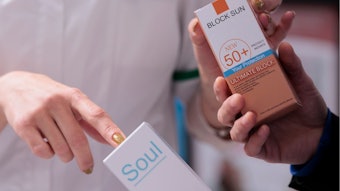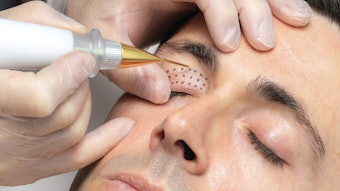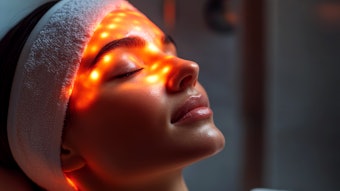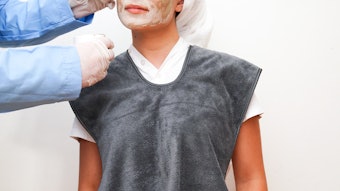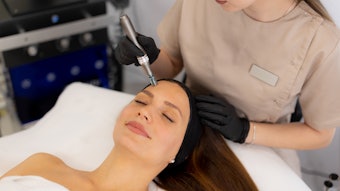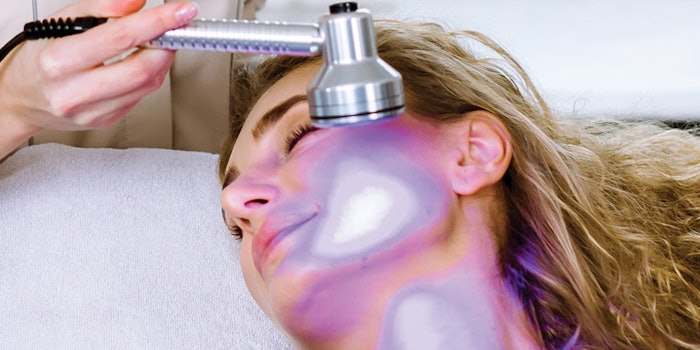
At the most fundamental level, low-level light therapy (LLLT) does one thing and one thing only: it upregulates the production of adenosine triphosphate (cell energy) by mitochondria in cells that are compromised, allowing cells to function as nature intended. Downstream from this fundamental “mechanism of action,” LLLT decreases the inflammatory response and increases local circulation, delivering more oxygen and nutrients to tissue to speed healing. These basic metabolic effects are supported by a body of scientific literature numbering over 5,000 clinical studies. These are not “white papers” written by the marketing directors of light therapy companies, but rigorous clinical studies that are peer-reviewed and published. Nonetheless, there is a vast body of “urban mythology” surrounding light therapy that serves to misinform and, worse, mislead licensed skin care professionals.
The objective of this article is to dispel some of the most widely shared myths about light therapy and separate the scientific truth from marketing spin. Here are eight myths surrounding light therapy that you will hear in the industry, along with the coordinating truth.




